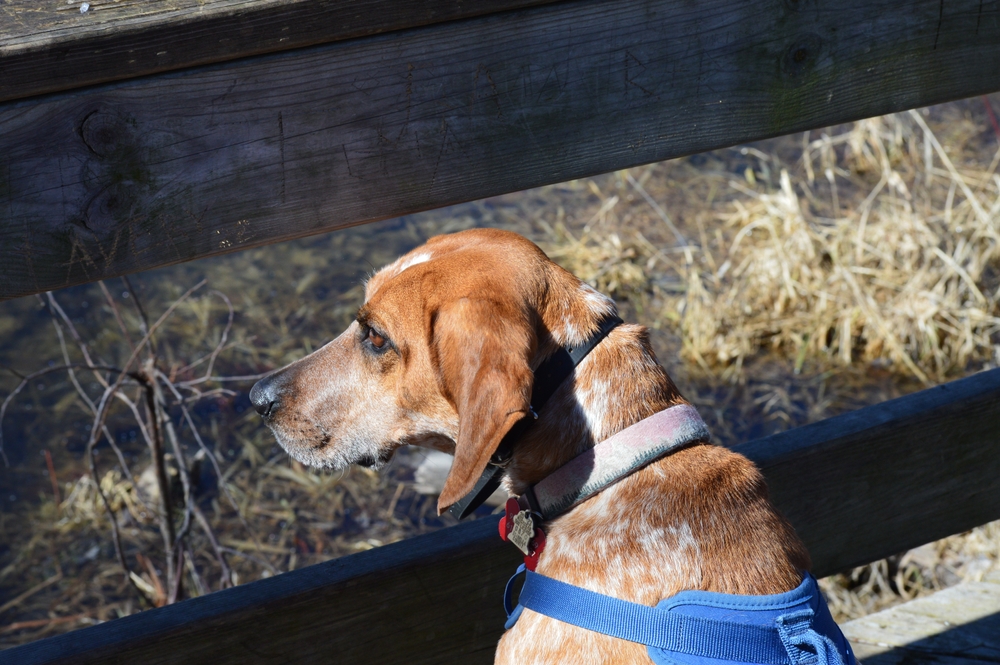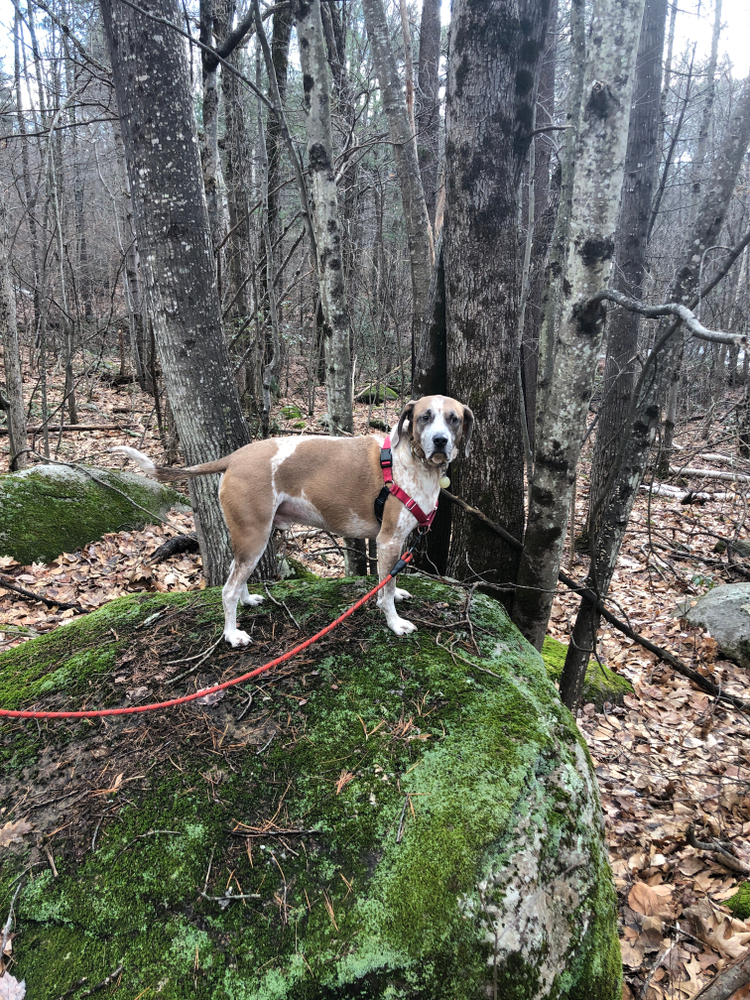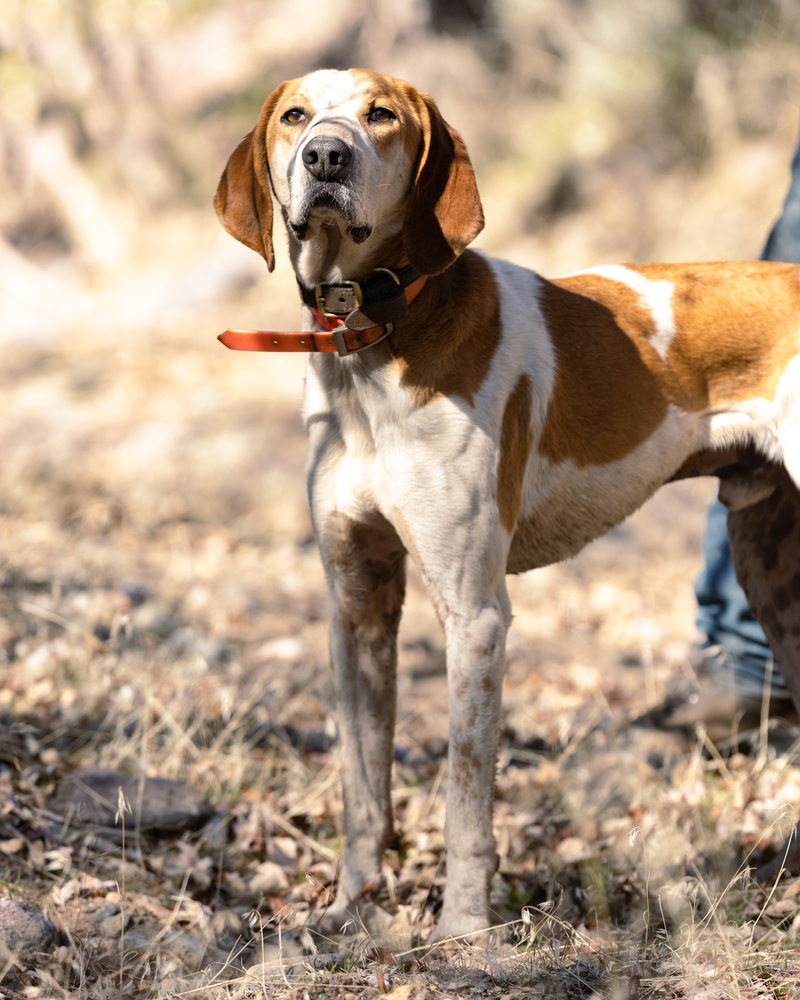Training Methods for Specific Tasks: Tracking or Treeing
In this comprehensive guide, we will delve into the world of training dogs for specific tasks, focusing on tracking and treeing. Whether you are a professional dog trainer, a dog enthusiast, or someone looking to enhance your canine companion’s skills, this article is your ultimate resource. We will explore the most effective and humane training techniques, tips, and tricks to ensure your four-legged friend excels in tracking or treeing tasks. Let’s embark on this exciting journey of canine education and skill-building.

Understanding Tracking and Treeing
Before we dive into the training methods, it’s essential to understand what tracking and treeing mean in the context of dog activities.
Tracking: Tracking is the process where a dog follows and traces the scent left by a person, animal, or object. It is a valuable skill used in search and rescue operations, hunting, and detection work.
Treeing: Treeing, on the other hand, is a specialized hunting technique where dogs chase and corner animals, typically squirrels, raccoons, or other small mammals, up a tree. The dog will then alert the hunter by barking to indicate the animal’s location.
Now that we have a clear understanding of the tasks at hand, let’s explore the best training methods for each.


Training for Tracking
Building a Strong Foundation
The key to successful tracking training is establishing a solid foundation. Start by ensuring your dog has mastered basic obedience commands like sit, stay, come, and heel. These commands lay the groundwork for more advanced tracking exercises.
Introducing Scent Recognition
Teaching your dog to recognize and differentiate scents is crucial for tracking. Begin by introducing them to a specific scent, such as a treat or toy, and encouraging them to find it using their nose. Gradually increase the complexity by introducing scents of different objects or individuals.
Creating Trails
To initiate tracking exercises, create a scent trail for your dog to follow. Use a drag rag soaked in a scent and lay a track for your dog to trace. Start with short and straightforward trails, gradually increasing the distance and difficulty as your dog becomes more proficient.
Positive Reinforcement
Positive reinforcement is a powerful tool in any dog training process. Praise, treats, or favorite toys can be used to reward your dog when they successfully track a scent. This positive association reinforces the behavior, encouraging them to excel in tracking tasks.
Advancing to Real-Life Scenarios
Once your dog has shown proficiency in following artificial scent trails, it’s time to introduce real-life scenarios. Take your dog to open fields or wooded areas and allow them to track the scent of real animals or humans. Ensure you are in control of the situation and prioritize safety throughout the exercise.
Training for Treeing
Understanding Prey Drive
Before beginning treeing training, it’s essential to assess your dog’s prey drive. Some breeds are naturally more inclined to treeing behavior, while others may require additional encouragement. Knowing your dog’s instincts will guide your training approach.
Introduction to Treeing
Start by introducing your dog to the concept of treeing in a controlled environment. Use artificial tree setups with scented items at the top to encourage your dog to approach and bark at the “tree.”
Encouraging the Chase
To instigate the treeing behavior, have a handler or assistant move the scented item along the ground, leading the dog to follow the scent. As the item reaches the tree setup, the dog will likely bark, signaling the successful treeing behavior.
Reinforcing the Behavior
Positive reinforcement is critical in treeing training. Offer praise, treats, or playtime when your dog successfully trees the scented item. Repetition and consistency are key to solidifying this behavior.
Transitioning to Real Prey
As your dog becomes more proficient in artificial treeing scenarios, you can introduce real prey to enhance their skills. Always ensure that hunting and treeing activities are conducted responsibly and legally, following local regulations.

Training Methods For Specific Tasks, Such as Tracking or Treeing
Training dogs for specific tasks like tracking or treeing requires dedication, patience, and understanding of canine behavior. By following the methods outlined in this guide, you can equip your dog with the skills they need to excel in these specialized activities. Remember to prioritize positive reinforcement, safety, and the well-being of your canine companion throughout the training process.